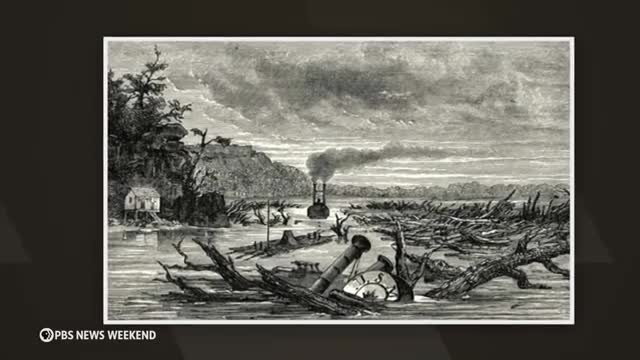Catastrophic earthquake risks loom over Mississippi River region
This article was created by AI summarizing key points discussed. AI makes mistakes, so for full details and context, please refer to the video of the full meeting. Please report any errors so we can fix them. Report an error »

Witnesses recounting the catastrophic effects of the 1811-1812 New Madrid earthquakes describe a scene of utter devastation: houses collapsing, the Mississippi River flowing backward, and geysers of water and sand erupting from the ground. Earthquake historian Kent Moran from the University of Memphis highlights the chaos, noting that the tremors were felt as far away as Louisville, Kentucky, and even rang church bells in Cincinnati. The seismic activity reshaped approximately three and a half million acres across the Mississippi and Ohio river valleys, creating new hills and lakes in previously flat areas.
Two centuries later, the geological impacts of these earthquakes remain evident, with phenomena such as sand blows marking the landscape. The region, once sparsely populated, is now home to millions across five states, including major cities like Memphis, Tennessee, and St. Louis, Missouri. The U.S. Geological Survey warns of a 25% to 40% chance of a significant earthquake occurring in the next 50 years, with a 7% to 10% probability of a repeat of the 1811-1812 events.
Brian Houston, chair of the University of Missouri's Department of Public Health, emphasizes the potential consequences of a similar seismic event today. The population density and extensive transportation infrastructure in the region would lead to significant human and economic tolls. Houston notes that the Mississippi River has become a vital economic artery, transporting coal and agricultural products. A major earthquake could disrupt this critical supply chain, rendering shipping routes impassable and severely impacting the economy.
As the region braces for the possibility of future seismic activity, experts stress the importance of preparedness and infrastructure resilience to mitigate the potential fallout from another catastrophic earthquake.
Two centuries later, the geological impacts of these earthquakes remain evident, with phenomena such as sand blows marking the landscape. The region, once sparsely populated, is now home to millions across five states, including major cities like Memphis, Tennessee, and St. Louis, Missouri. The U.S. Geological Survey warns of a 25% to 40% chance of a significant earthquake occurring in the next 50 years, with a 7% to 10% probability of a repeat of the 1811-1812 events.
Brian Houston, chair of the University of Missouri's Department of Public Health, emphasizes the potential consequences of a similar seismic event today. The population density and extensive transportation infrastructure in the region would lead to significant human and economic tolls. Houston notes that the Mississippi River has become a vital economic artery, transporting coal and agricultural products. A major earthquake could disrupt this critical supply chain, rendering shipping routes impassable and severely impacting the economy.
As the region braces for the possibility of future seismic activity, experts stress the importance of preparedness and infrastructure resilience to mitigate the potential fallout from another catastrophic earthquake.
View full meeting
This article is based on a recent meeting—watch the full video and explore the complete transcript for deeper insights into the discussion.
View full meeting